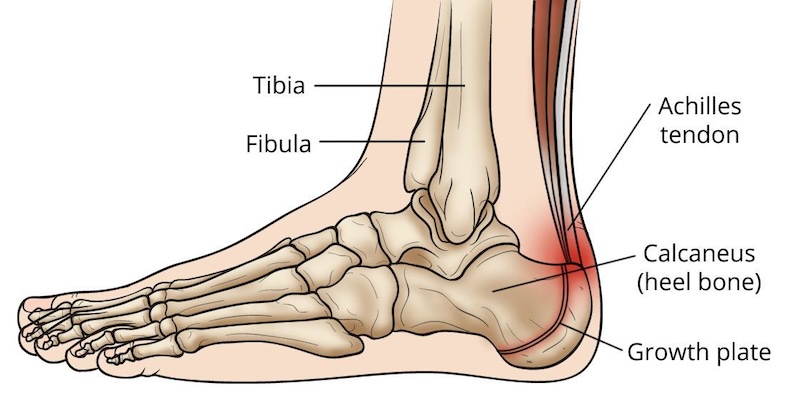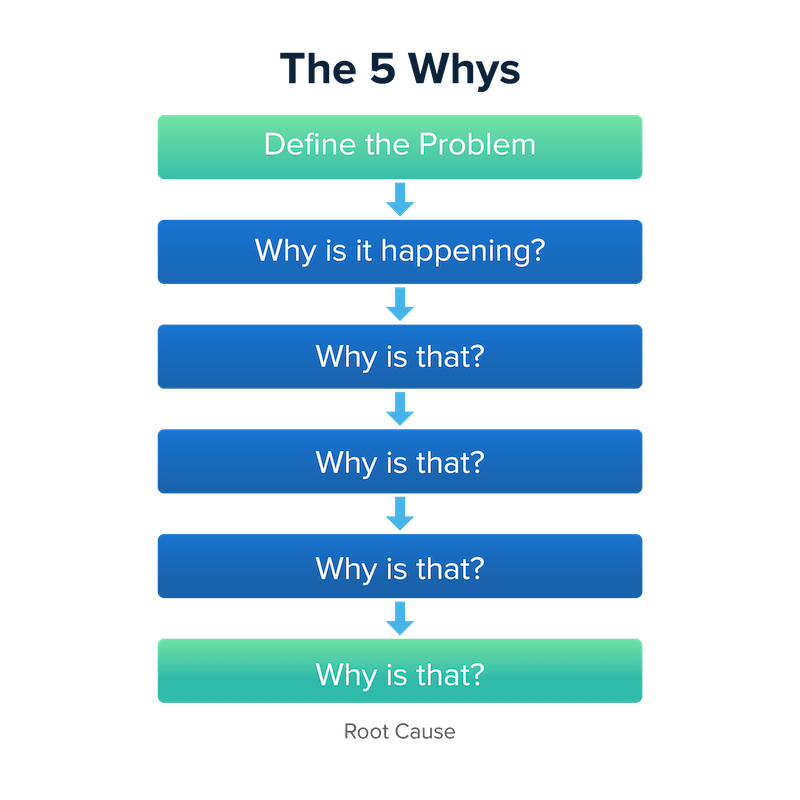Thursday night TV was everything when I was a kid.
I’d be on our couch by no later than 6:55, drink and snacks at the ready. I wasn’t going to miss a single solitary second of my favorite shows.
Don’t even call me between 7 and 11 pm. It doesn’t matter the reason, I won’t answer.
Thursday night was my joy. Everything was fine with my TV-watching process. I had no problems at all. Nothing needed to be fixed.
Then DVRs were invented.
<sigh-like exhale>
In an instant, I realized that I had been watching television incorrectly all along. I had a problem and I didn’t even know it.

The Problem With My Heel
I’m a runner. I run as much as possible.
Running relaxes my brain and helps me maintain what little sanity I have remaining at the end of the day.
Lately, I’ve been running more often than usual. I’ve been pounding the pavement two times per day, almost every day. I’m averaging about 12 runs per week.
You may call it crazy. I call it calming.
Still, I have no naïveté when it comes to fitness regimens. I know that the body doesn’t always like sudden build-ups of exercise. And when the body doesn’t like something it gets pretty stubborn and usually revolts.
This brings me to the super steep, gruelingly hot, and amazingly liberating trail run I went on recently.
Later in the day, after I had finished the run, my heel started hurting. And it started hurting a lot.
It was a piercing, ice-pick-stuck-into-the-bone type of pain. I couldn’t walk on my heel without cringing in agony. Standing still even initiated a sweat-inducing wave of pain.
Gosh darnnit.
After a day or two of this, I decided to consult the wise and wonderful Dr. Google for some medical advice.

With a bit of searching and symptom analysis, I came to the conclusion that I had a fractured heel. And, surprise surprise, it was an overuse injury.
The calcaneus fracture that Doc Google diagnosed me with would set me back for 3 months. Three months with no running or walking.
This definitely is not good for me… or my marriage.
I started icing the heel three times per day as Google instructed. I remained prone and stayed off of the heel as much as possible.
“Stop being a fool and call a real doctor,” my wife said to me one night during my usual bout of manplaining
[Editor’s Note: “manplaining” is like mansplaining, but it’s the complaining version]
So I took my wife’s advice and called a real doctor. Meaning one whose name doesn’t include the words “Google” or “ChatGPT”.
“I’m pretty sure I have a calcaneus fracture,” I told the appointment setter, with a self-confident pride in my ability to diagnose.
The next day I hobbled into the podiatrist’s office.
“How are you doing?” the nurse asked me.
“I’m fine,” I replied. “Aside from, you know, the broken heel.”
They took some x-rays of my foot and then brought me into one of those small white sterile rooms to wait for the doctor.
After the doctor came in and we exchanged the usual pleasantries, he began to examine my foot.
He poked and prodded and pressed.
“Does this hurt?”
“How about this?”
“And this?”
Nope doesn’t hurt.
That’s fine.
Feels good.
YEEEOOOOWWWW!!! That’s the place!
He looked more closely at my heel.
“Ok,” The doctor finally said. “It seems that you don’t have a fractured heel after all. What you have is a cut.”
“Excuse me,” I said, not quite understanding what he was implying. “A cut?”
“Yes,” he said pointing to the place on my heel that hurt. “Right there. A small cut on your heel.”
I looked at my heel and I saw the cut.
I started sweating profusely in embarrassment.
Instead of a cast and crutches, I needed foot moisturizer and a band-aid.
The problem I thought I had with my foot was far from the problem I actually had.
And this brings us right smack into your job and your company.

The Customer’s Problems That Need Fixing
The purpose of any company is to solve problems.
There are at least three types of ways companies solve problems
- Product-driven: I need to buy a fax machine so I can communicate with my insurance company.
- Service-driven: I’m having trouble getting people to be accountable and sure could use a leadership coach.
- Emotionally-driven: I want Falling In Love-scented bath soap in the shape of a hippopotamus to make me feel good about my new relationship (yup, it’s real)
Whatever offering your company provides, your goal is to solve the customer’s problem and to do it in the best way possible.
Seems easy, right?Wrong.
There’s one big obstacle that I see happen quite often:
❌ Leaders mistakenly think their biggest challenge is creating the solution for their customer’s problems.
✅ The biggest challenge for a company is truly understanding the customer’s problems.

Determining Your Customer’s Problems
There’s one main reason why it is so difficult for companies to figure out their customer’s problems. It is this:
Customers won’t tell you the problem by just asking them.
Sure you can say something like, “Hey customer. What’s your problem?”
Assuming they don’t get offended and hang up on you, there are two potential responses you’ll get:
1. The customer will say they don’t have any problems. Even if they have problems, they surely aren’t going to tell you.
— or —
2. Customers think they have a problem but they believe their problem is something that’s not the real problem.
Let’s bring this back to my ridiculous stories above.
During my TV-watching shenanigans, I didn’t think I had any problems with what I was doing. There was no solution I thought I needed. However, I had a problem that the DVR fixed, I just hadn’t realized it before.
On the other hand, with my heel situation, I was fully convinced that I knew my problem and I knew the required solution. Unfortunately, I was completely wrong. What I thought was my problem (a fractured heel) and what I thought was my solution (a cast) was neither my real problem nor the right solution.
If I were your customer, talking to me in either situation wouldn’t have gotten you any closer to figuring out a real problem for you to solve.
The Why Of Your Customer’s Problems
Customers are so in the weeds of their daily business dealings that they don’t always have the best perspective on their own problems. They can’t recognize the disease that’s plaguing them because they’re too focused on trying to address the symptoms.
So how do you figure out the true problem in the marketplace?
As we said above, asking the customer “What is your problem?” is most likely not going to get you anything valuable.
The secret to understanding your customer’s problems is not by asking them WHAT their problem is, but by asking them WHY.
Yup… why.
Why are they doing things the way they are doing them?

The Five Whys
Back in the 1930s, a factory manager named Sakichi Toyoda (who’s son would go on to create a car company with a strikingly similar name) came up with the concept of the Five Whys.
The Five Whys is a proven method to both understand the nature of a problem and provide clarity on the solution.
The concept is simple: Whenever you ask a customer what the problem is, they will usually describe the symptoms of the problem. It takes asking Why about five times before you get to the root of the problem.

Want an example? I thought so. Here you go.
Let’s say you work at a SaaS company that makes project management software. Let’s say a potential customer is interested in the tool.
SCENARIO: A potential customer is interested in a SaaS project management tool.
1. WHY are you looking for project management software?
“Our projects often get delayed.”
2. WHY?
“We’re not always clear on who is doing what.”
3. WHY?
“We assign tasks through emails and meetings. We don’t have a central system to track everything.”
4. WHY?
“We use different tools and spreadsheets but they don’t do a great job.”
5. WHY?
“We haven’t found a tool that’s flexible enough to accommodate our specific workflow and processes.”
In this scenario, when you asked about the customer’s problems, they said their problem was continuous project delays. But that is a symptom of the problem, not the real problem.
If you took that answer at face value, you’d probably be talking to the customer about notifications to remind people of their tasks. You’d be all wrong.
It took four more Whys to fully uncover that the customer’s real problem is a need for more flexible workflow creation.
You see how this works?
Whether you’re a sales person, marketer, entrepreneur, solopreneur, parent, teacher, coach or human, mastering the art of uncovering people’s problems will boost your success.
Trust me on that one.
Now go out there and solve some of your customer’s problems the Why way.
A Somewhat Relevant Quote
“If you own the problem, you own the customer. If you lose the problem, you lose the customer. It’s that simple.“
Jeffrey Gitomer – author, self-proclaimed King of Sales
Random News
T.N.Toilet – When the smart toilet tries to kill a man
Barboat – You missed your chance to buy Barbie’s boat
Ba-na-nail – I know what you need: A banana hammer
Drop of Water – It looks incredible, until that last drop
